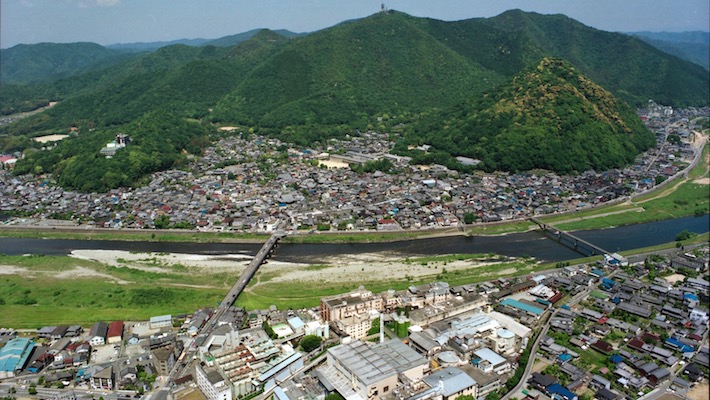
Harima Archives
2022.03.18 Harima, the Land of Brewing

The Soil that Nurtured a Culture of Koji
Harima has the Harima Plains with its famous waters and abundant crops and the Harima Gosen, or the five rivers of Harima. The Harima Sea, rich in marine resources and a temperate climate with little rain, nurtured a koji culture and a koji industry. Harima was also one of the great cities where castles such as Himeji Castle were built. The lay of the land surrounded by rivers and the sea made it a strategic stop for traffic going east to west, which also contributed to developing the industry.
Where All the Ingredients for Brewing Soy Sauce Gather
In particular, Tatsuno, a city in the northwest of the Harima Plains, has all the conditions to brew soy sauce. The soft water of the Ibogawa River, which runs from east to south through the city, is an ingredient essential to making soy sauce with a mild mouthfeel. Additionally, the Harima Plains, surrounding Tatsuno, is a central production area for soybeans and wheat. Mineral-rich Ako’s salt is available close by, a powerful source of vigor for the fermentation bacteria brewing soy sauce. Because this is an area where these raw ingredients can be obtained, it became known as a famous brewing area, a reputation that it enjoys today.
Harima and Usukuchi Soy Sauce
The history of soy sauce-making in Tatsuno is long, going back to more than 400 years. It is said to have started in 1587 by Maruo Magoemon, who opened a sake and soy sauce brewery under the trade name Maruoya. Because the optimal ingredients such as salt and soybeans to create usukuchi (light-colored) soy sauce was available, Tatsuno usukuchi soy sauce was born. Incidentally, Ibonoito somen noodles are also another product made from the famed waters of Ibogawa. These flavorful somen noodles complemented by delicious soy sauce are another Harima specialty.
Sake-brewing Also Started from Harima
Harima was established as a province around the end of the 7th century. Harimanokuni Fudoki (records of Harima Province), compiled in the early Nara period (710–784), mentions sake-making using koji; “some of the steamed rice offered to the gods grew mold, producing sake elements and thus, sake was discovered.” This sake production method which continues to this day using rice as an ingredient, was later named niwakasake. It is recorded as the oldest sake-making method in Japan. Because of this, Harima came to be known as the birthplace of sake. There are still 22 sake breweries primarily concentrated in the Harima Gosen river basin, and they continue to protect the tradition of sake-making.
Niwakasake, a Rare Brewing Method in Japan
The stage for sake-making recorded in the aforementioned Harimanokuni Fudoki is Niwata-jinja Shrine in Ichinomiya-cho, Shiso City. The water of the Nukuigawa River, which flows 50 m north of the shrine’s main hall, was the catalyst for the first sake-brewing in Japan. The Harima Sake Culture Tourism Council used koji mold and yeast harvested at Niwata-jinja to brew Niwasake, which is inspired by the sake of ancient times. While there are many famous brewing areas nationwide, sake-making using koji mold extracted from nature (Harima koji) is rare.



